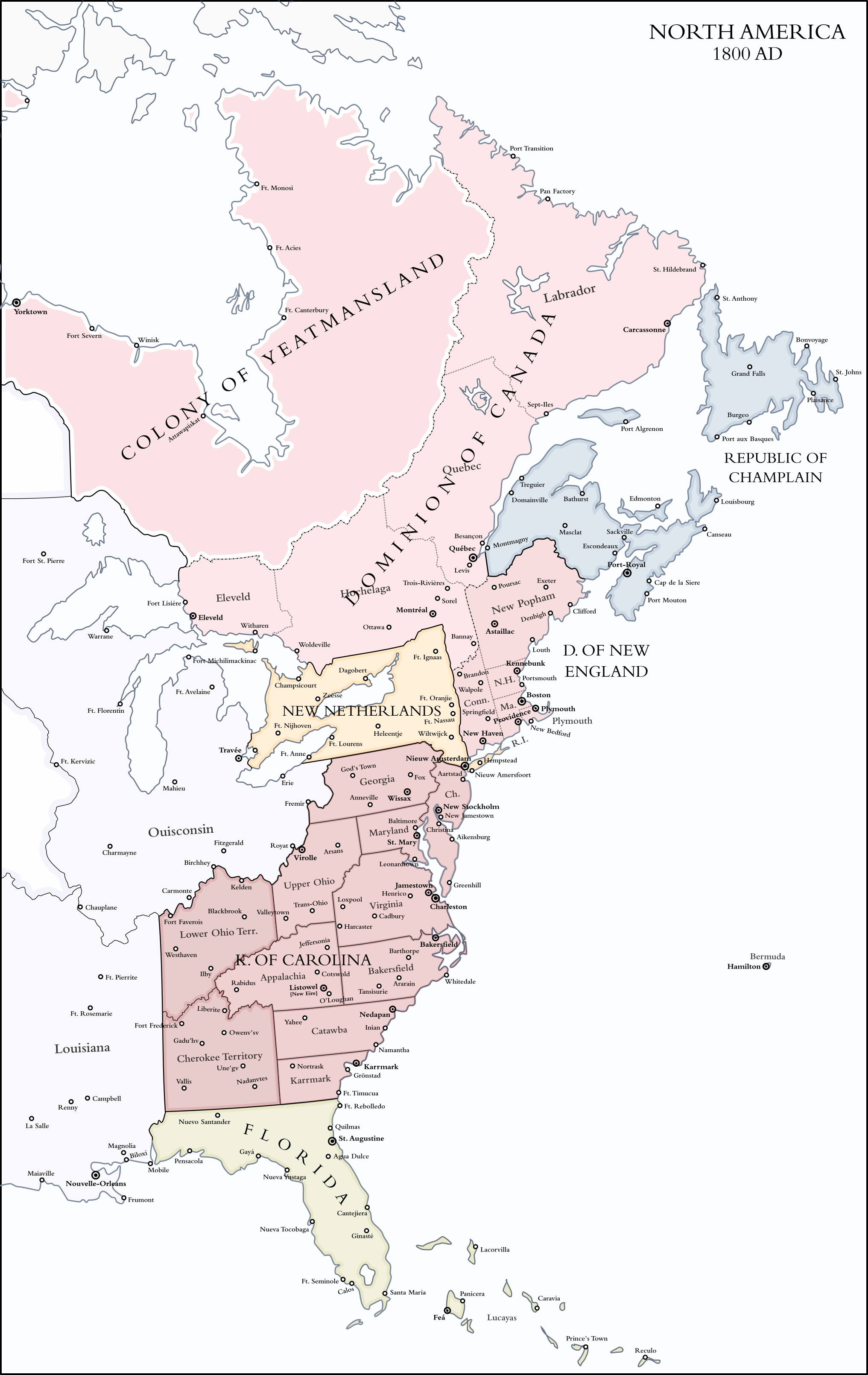Chapter Thirty-Five - Las Leyes Inconcebible
Written by Wigmaster999
(1783-1790)
Rebelión de Oro
Spain was one of the last Western European powers unscathed from the events in the New World. Her homeland was peaceful and stable and her colonies were both vast and relatively content. Gold and silver flooded in vast amounts from the Andes and Mexico, and as long as the wealth flowed the Spanish allowed the colonies a free hand. However, this gold and silver was a curse as well as a benefit. Between seventeen and eighteen-hundred, Spain’s expenses grew tremendously. However, due to massive New World profits it mattered little. Gold and silver quickly became the crutch on which the entire Spanish Empire relied on to function.
And so, when in 1783 a relatively large rebellion arose in New Spain lead by a man named Carlos Mandira, Spain had less than a year before complete bankruptcy would have to be declared. While the rebellion, which simply demanded that a portion of gold come back to the colonies and make the lives of the people there better, was quite small, it was deadly effective at stopping gold from leaving New Spain.
The Crown acted quickly, suddenly realizing the threat the rebellion posed. Thousands and thousands of troops were summoned, and the rebellion was isolated to a pocket that was quickly pushed back. Carlos Mandira’s ideas gained publicity, but the Spanish army crushed the rebellion within two months. Mandira was publically executed, gold began to flow once again, and all of Mandira’s most vocal supporters were banished to colonies in Bajio Norte. Among them was Ferdinand Guerrero, Mandira’s successor, who would continue to rally people in Bajio Norte behind his cause until his triumphant return to New Spain’s capital.
“I die today, but my legacy shall live on! The Spanish are not invincible, they are crippled by greed!” - Carlos Mandira, last words
To stop the gold supply ever being halted again, the Spanish government determined that stronger controls would have to be made. Mining was no longer overseen by colonial governments, and all supply networks and shipping was done by Spaniards from Iberia. Not a single gold ingot was to be left behind. Stricter controls were also placed on rallies and independence discussions and tariffs were placed on all things from sugar to cocoa. The Spanish Empire would never make the same mistake again. Their reliance on the colonies had become a painfully obvious weakness, and so attempts were made to diversify. However, gold and silver remained the blood of the Bourbons for several more decades, before it was abruptly cut off.
The Question of Orihuela
The state of Orihuela, a center of Jesuit missionaries and one of the largest cities in all of western North America, had declared itself an independent nation since 1711. Its population between 1711 and 1780 swelled from two thousand to nearly twenty, with the people of Orihuela being almost entirely Jesuit but of all manner of races. While Spain recognized them as somewhat independent, they were still dependent for most everything. The Spanish Empire had maintained an unenforced claim on Orihuela’s small but productive lands for decades. However, after the events in New Spain, the Spanish were ready to put an end to the upstart nation. Orihuela was to serve as an example to the rebellious population of Bajio Norte.
Grand Minister Velasquez, ruler of Orihuela and its surrounding lands, saw the Spanish armies sweeping north from the rebellions in New Spain. They could only have one target-- Orihuela. Velasquez quickly tried to find alliances for the nation, since it had remained a neutral center for so long. Similarly to the plight of the Puritans fleeing New England, only France answered the call. The dominions of Ouisconsin and Louisiana had run out of profitable areas to grow, and it seemed Orihuela was the natural next step. Additionally, a huge rush of enterprising merchants provided arms to the Orihuelan people, creating a militia of five thousand men. French soldiers arrived from Charmayne and surrounding areas a week later.
When the Spanish soldiers finally arrived at the border after their long march north from New Spain, they found a rapidly re-armed Orihuela waiting for them instead of a weak, Jesuit city state. The army was informed that they hadn’t made it in time: Orihuela was the newest French protectorate. The long march down the continent perhaps was the last nail in the coffin for the Spanish army’s prestige. The invincible fighting force that had conquered and threatened its way up and down the New World, invading untold thousands of square miles of land, had failed to take an upstart rebel state. Fear of the Spanish was replaced with scorn among the people of Bajio Norte and New Spain.
While Orihuela’s growth slowed in the following years, the nation served as an example to rebellious peoples such as Fernando Guerrero for many years to come.
Map of Orihuela in 1790.
 North America, 1800 AD:
North America, 1800 AD:









